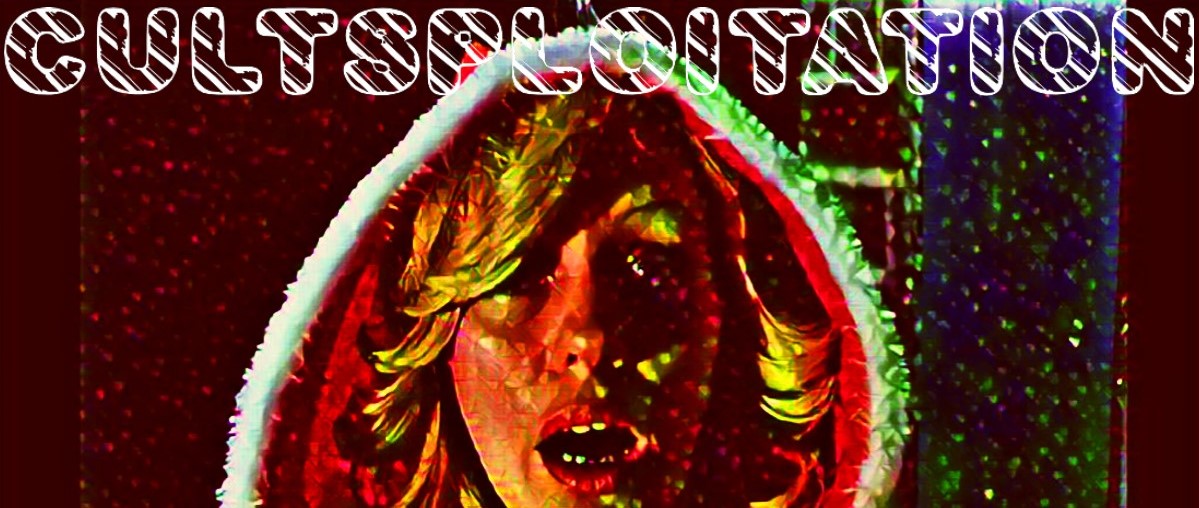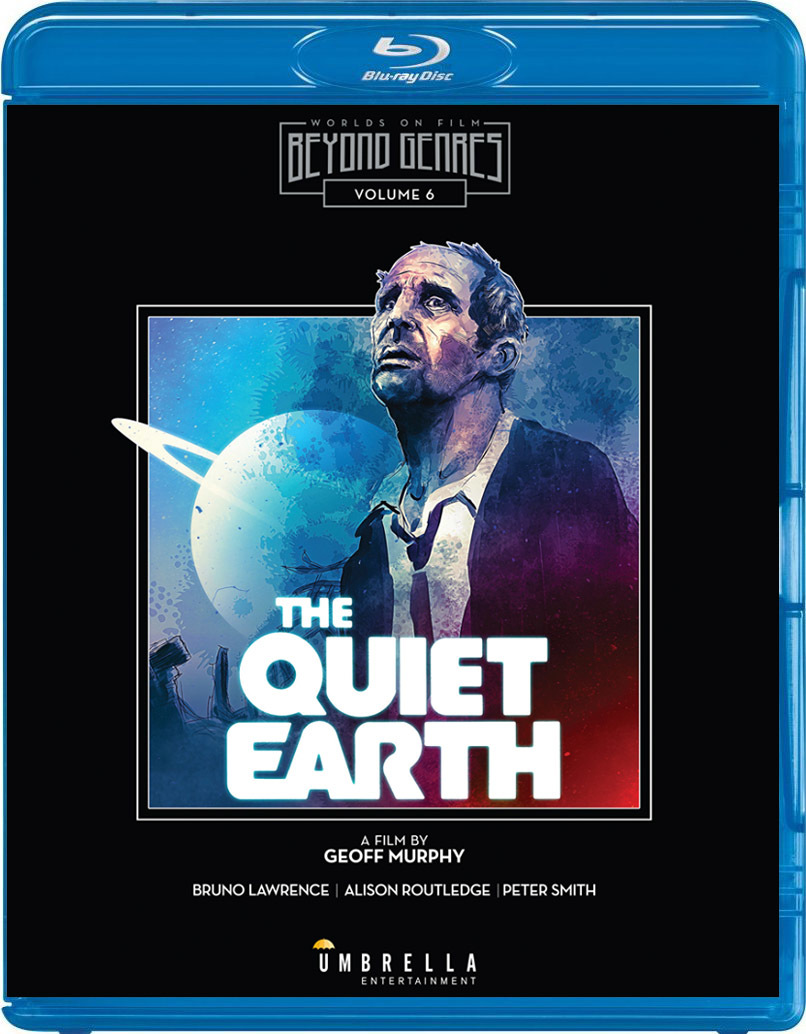Geoff Murphy’s 1985 post-apocalyptic drama The Quiet Earth tells the story of Zac Hobson (Bruno Lawrence), a scientist who wakes up one day to find that the experiments he has been working on have had an unintended effect – they’ve made nearly the entire population of Earth disappear, leaving only a few people around to rebuild. Of course, throughout much of The Quiet Earth, Zac doesn’t even know these others exist; instead, he spends his time running around beaches naked, assembling a massive crowd of historical figures to whom he delivers a rousing speech, or blasting through television sets with a gun – you know, normal everyday stuff if the world were to suddenly vanish. Over the course of his time, though, he does meet a romantic love interest in Joanne (Alison Routledge) and a hardened Maori man named Api (Pete Smith), and together they have to find a way to navigate the new world.
The Quiet Earth is immediately striking because of the risks it takes. Lawrence is forced to carry the film for over a half an hour alone, equipped with little dialogue and relying on facial expressions and action to tell the story. It’s a surprisingly compelling opening thanks to the slow but developing storyline; fairly quickly we find out that Project Flashlight was an experiment that had some pretty dangerous warning signs, and ultimately its usage caused a catastrophic result.

Murphy forces the viewer and his characters to question certain things throughout the film. One of the biggest is where everybody went. It’s clear that no answers are going to be found, no revelations revealed to those still stuck on an Earth that seems to be losing its normal functions; but all the same those questions are transposed to the audience. Is this a message about what happens when you die? Is this a purgatory of sorts for these characters? The Quiet Earth doesn’t offer answers; instead, it presents three people together, struggling to figure out what to do in a messy situation, and confronting uncharted territory of what it means to have two men and a woman as the only know survivors of the human race.
The film’s ending leaves even more questions, but in a rather beautiful way. It loops back around on itself, offering what some might consider a bleak resolution – one in which humans walk alone. Though The Quiet Earth lacks much action or even dialogue, its minimal exposition is thought-provoking. Some viewers may find it stagnates in the second half, and it does feature a rushed love triangle. But hurdling that hump means experiencing a film that was itself influenced by Richard Matheson’s I Am Legend and went on to influence others like The Leftovers. Important viewing for sure.

This Umbrella Entertainment Blu-ray is Volume 6 in their Beyond Genres: Worlds on Film series, and it gets new cover artwork to match those other releases. However, everything else on this Blu-ray has been ported from past releases of the film; as most will recognize, Arrow Video already released this one on Blu-ray previously, and as far as I can tell this is the same transfer. With that said, the video quality is great with no weaknesses – it’s clear and helps to enhance the visual storytelling of the movie. Audio is presented in 5.1 DTS-HD MA and has no flaws, with crisp dialogue and soundtrack – though the soundtrack itself is kept to a minimum. There are also English subtitles.
Extras here are somewhat disappointing considering Arrow’s previous release. There’s an audio commentary with writer Sam Pillsbury that was included on a previous Umbrella release of the film, a theatrical trailer, and restoration trailer and image gallery. Also, reversible cover artwork and a slipcover come with the package. If you already own Arrow’s release, there is no point in picking this one up; however, if all you’ve got is the past Umbrella DVD, then this is worth upgrading.



